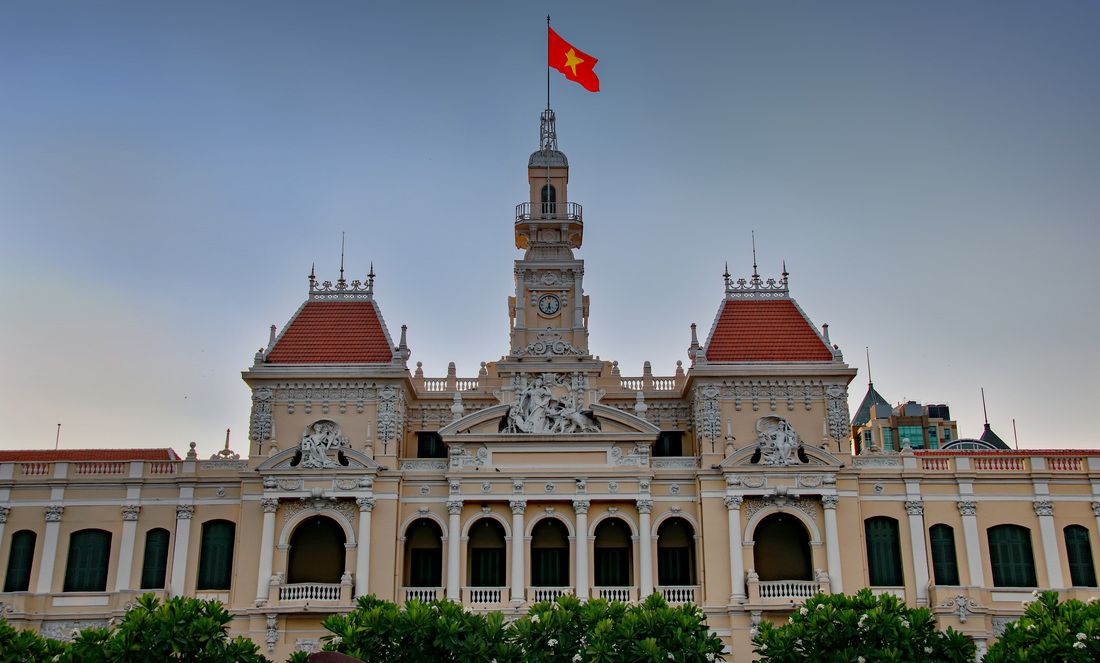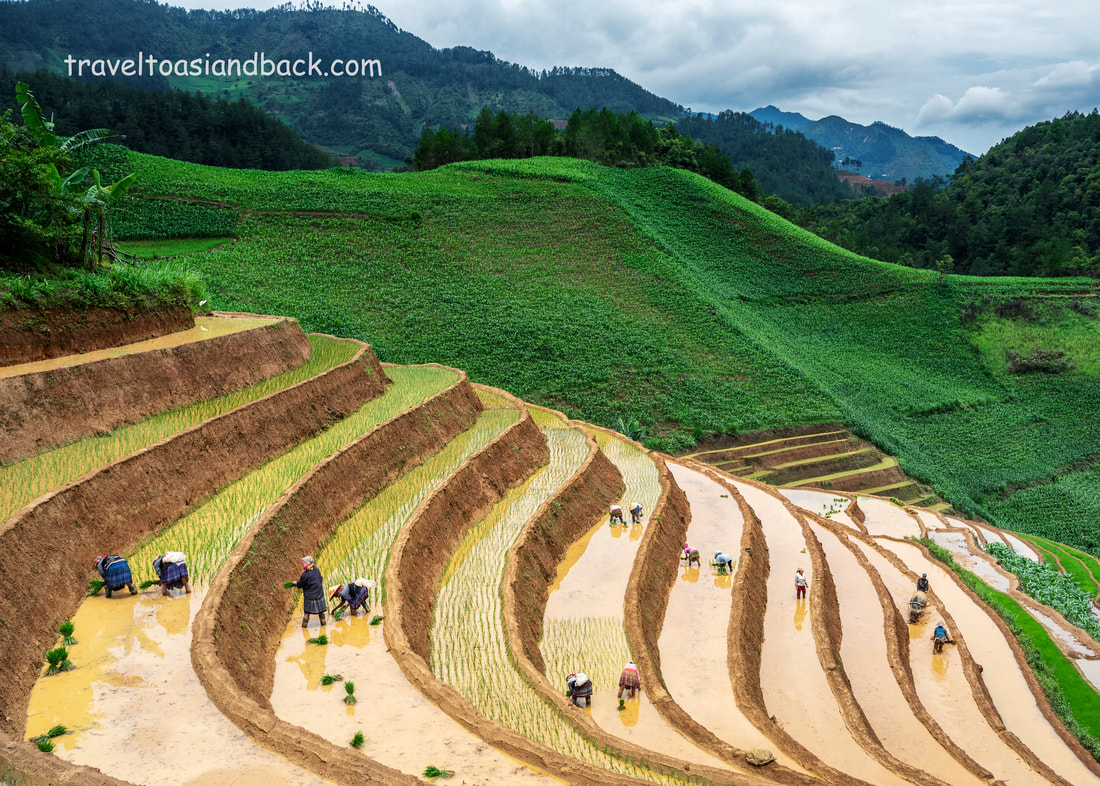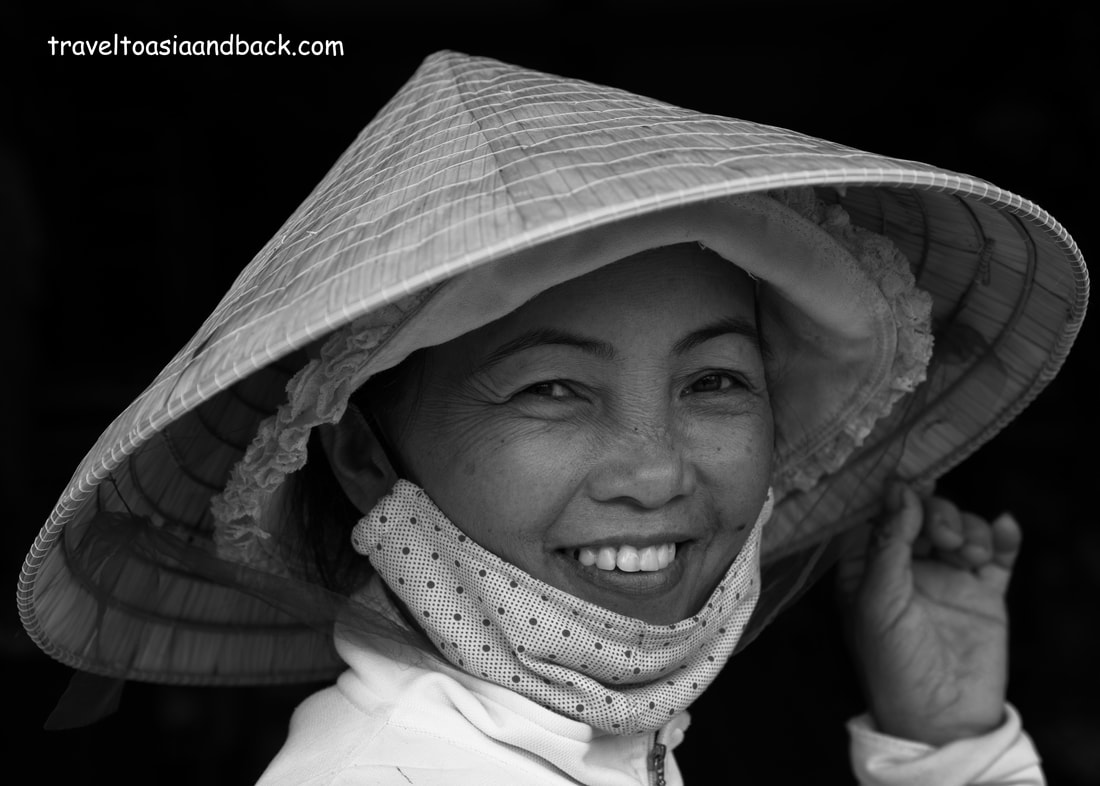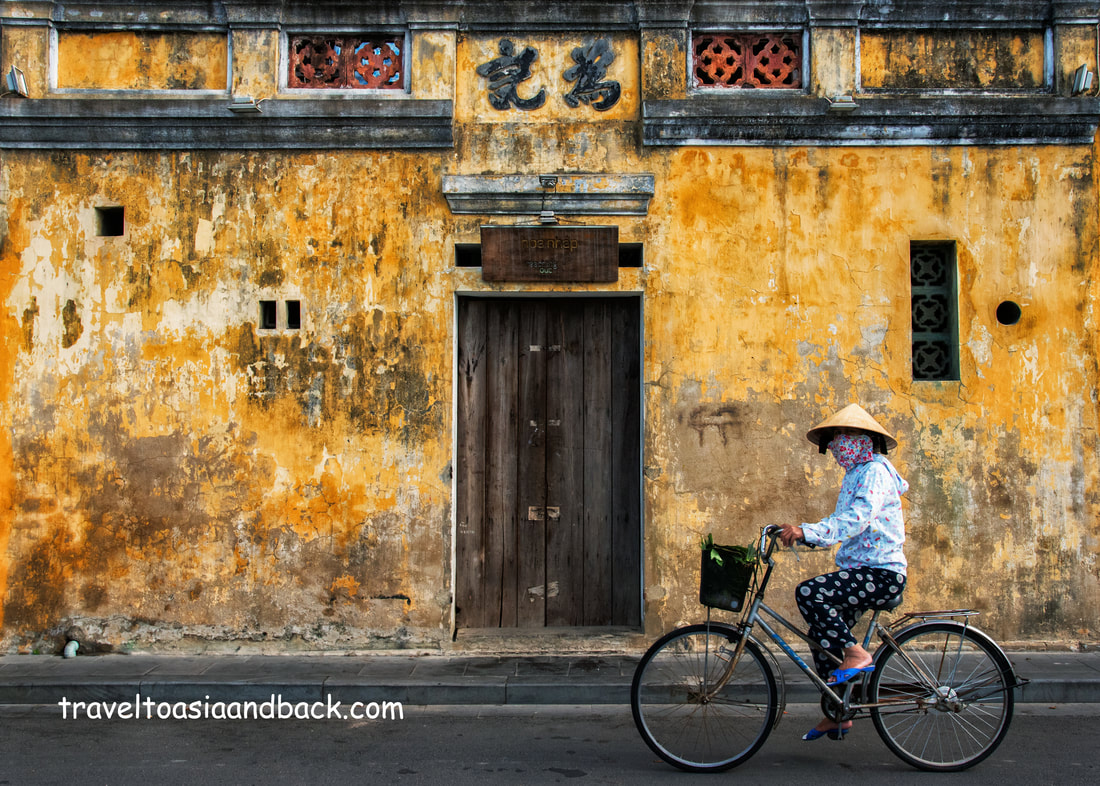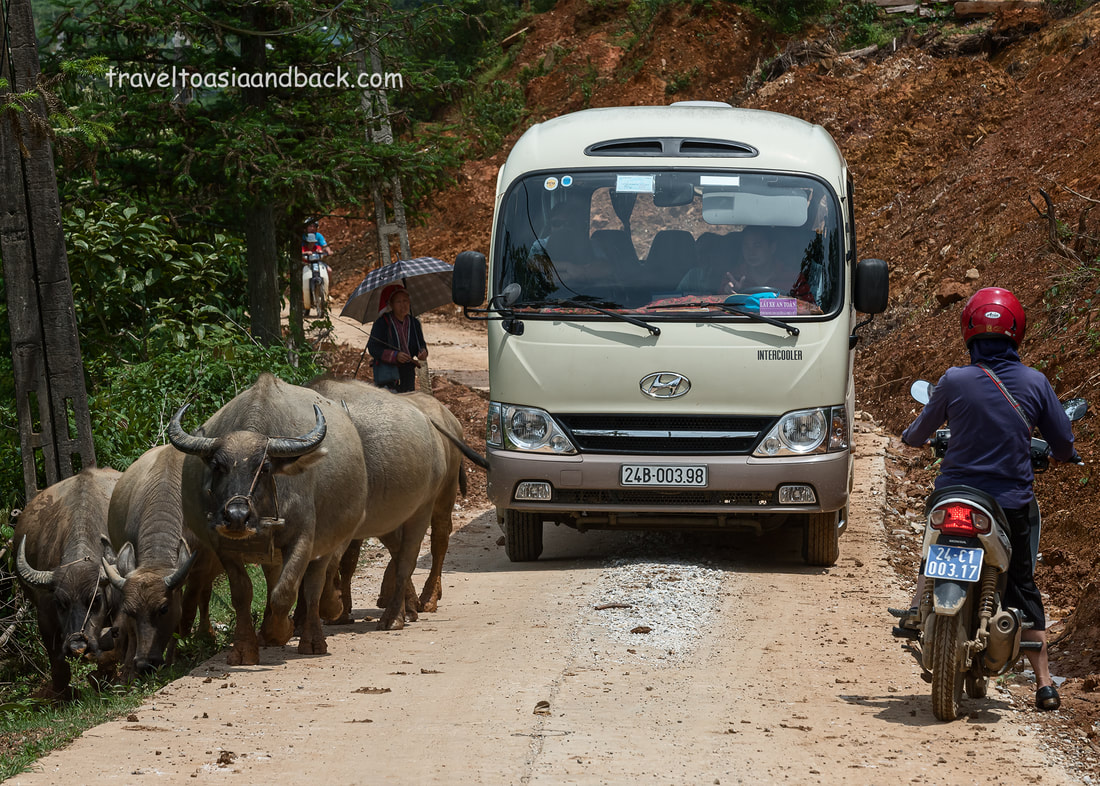Travel Vietnam
In the last twenty years the number of international tourists arriving in Vietnam has increased dramatically. In 2015 nearly eight million people visited this fascinating country. In addition to being one of the least expensive countries in Southeast Asia to visit; the people of Vietnam are friendly and welcoming, the food is delicious and there is plenty to do and see in this country of nearly ninety two million inhabitants. A single journey through Vietnam can include, touring UNESCO World Heritage sites in Hue, lying on powder-white sand beaches in Danang, SCUBA diving in Nha Trang, trekking to a remote minority village in Sapa or luxury shopping in Ho Chi Minh City.
Travel to Vietnam
With major international airports in Ho Chi Minh City (SGN), Da Nang (DAD) and Hanoi (HAN), Vietnam is easy to reach from North America, Europe and the Middle East. A number of discount carriers operate from major Asian hub cities such as Bangkok, Singapore and Kuala Lumpur. It is also possible to travel overland to Vietnam from Cambodia, Laos and China.
Vietnam Tourist Visa
Tourists from certain Asian and European countries can enter Vietnam visa free for periods of stay between 14-45 days. North and South Americans, Australians and travelers who wish to remain in the country for longer stays must obtain a tourist visa. Here is a current list of countries eligible for: Exemption of Entry Visa to Vietnam.
Vietnam Visa on Arrival (VOA)
The VOA approval letters that were commonly issued and used before the pandemic are currently only used as "emergency" visas for people who have issues obtaining an e-visa. Certain travel agencies in Vietnam can issue VOA approval letters for a hefty fee. It's far better not to put yourself in a position where you need to rely on a visa agent.
Vietnam E-visa
On August 15th 2023 Vietnam changed the visa rules and began issueing 90-day single and multiple entry-entry tourist visas on-line. This new electronic (evisa) program is currently available to all nationalities. Tourists can now use the e-visa at over 40 different points, including airports, land border crossings and sea-ports.
It is important to note that the evisa can only be purchased on Vietnam's official evisa website. Also, there have been many reports of delays in the issuance of these visas, do not wait until the last minute to make an application.
It is important to note that the evisa can only be purchased on Vietnam's official evisa website. Also, there have been many reports of delays in the issuance of these visas, do not wait until the last minute to make an application.
Travel in Vietnam
With its discount domestic airlines, efficient railway system, and modern highways, Vietnam is very easy and affordable to travel around. Budget travelers and back packers will appreciate the fact that most of the country’s most popular destinations can be reached inexpensively by train, bus or a combination of the two. The main tourism hot spots will all have travel agencies with English-speaking staff who can organize all types of transportation for a very modest fee.
Train travel in Vietnam
Traveling by train in Vietnam is a very safe, inexpensive and reliable option which provides visitors a fantastic opportunity to see the country’s breathtaking scenery while gaining a glimpse into the daily lives of its people. Vietnamese people are very friendly and you cannot help but interact with them on platforms and rail cars. They are more than willing to help visitors navigate the rail system and are generally up for a chat. Unlike railways in some other countries, trains in Vietnam run like clockwork and almost always depart on time; make sure not to arrive at the station late. Two useful websites for planning train travel in Vietnam are Vietnam Railways and The Man in Seat 61.
Bus Travel in Vietnam
Although buses in Vietnam are convenient and inexpensive, traveling on Vietnam’s highways generally has a reputation for being unsafe. Do a quick internet search on, “bus safety in Vietnam” for example, and you will see what we mean. However, for visitors on a budget, traveling by bus is the only option to get from such places as Da Lat to Nha Trang or from Dan Nang to Hoi An. Everyday buses in Vietnam are full of tourists and we suggest that each traveler do their own research and decide for themselves whether the risk is worth the reward. With that being said; having made one unpleasant journey on a night bus we concur with the general sentiment that night buses in Vietnam should be avoided.
